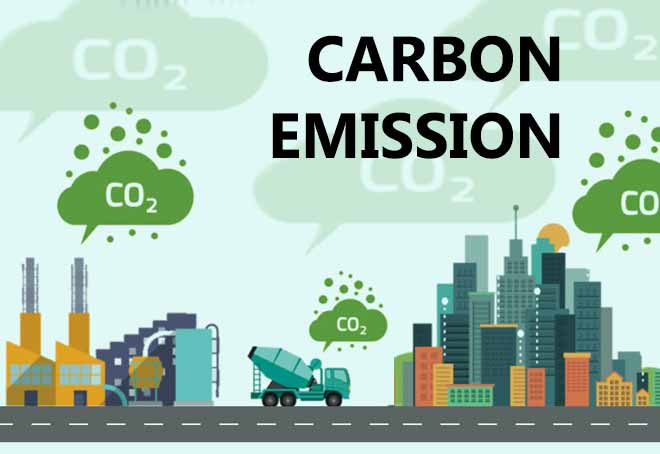
Carbon Credit Exchange
A carbon credit exchange allows companies to purchase and sell carbon credits. The assets are traded in the same way as stocks or bonds, and are offered in a commodity format. The carbon credit is purchased through a broker, who holds the asset on behalf of the investor. The broker can then sell the credit back to the investor at a profit. A carbon credit trades for $0.24 per unit, or 0.3% of the price of the asset.
eToro
eToro offers access to the carbon market via its Carbon Trade Exchange. This platform enables institutions and retail investors to buy and sell carbon credits. The exchange has been operating for 10 years and has served more than 29 million customers. It offers a wide range of investment options including 3,000+ stocks from 15 international exchanges, 260+ ETFs, and more than 200 commodities.
There are no fees for trading and eToro’s system is easy to use and offers a multitude of tools for trading. The platform includes a wallet and exchange all in one. It has the lowest fees in the industry and more payment methods than any other exchange. Users can connect their wallets to eToro and swap 100s of currencies.
CTX
The carbon credit exchange is a platform where investors can buy and sell carbon credits. The exchange was created to facilitate the voluntary trade of carbon credits. The CCX has launched in Sydney and London in 2009. It has been granted an Australian financial services license in 2012. Since its launch, the CTX group has helped offset more than 100 million tonnes of carbon dioxide.
In the meantime, the carbon credit exchange has faced a lot of scrutiny due to a series of fraudulent practices. In one such case, the Hsu and Yang duo conned 78 investors from Taiwan, China, USA, and other countries into investing in their company. They lured them by promising high returns, claiming to be a carbon credit certification center and authorised to trade on the London Carbon Credit Exchange.
ICE EU
Following a brief lull in over-the-counter activity, customer requests for REDD+ credits have increased. However, supply remains tight and the third-party verification process continues to stymie the issuance of credits on registries. This has created a climate of price uncertainty that has pervaded the market since February. As a result, many speculators and opportunistic financial players liquidated their positions on electronic platforms and focused on volatile oil and gas markets. The initial retreat was exacerbated by typical first-quarter demand weakness.
Nasdaq
Climate Impact X has partnered with Nasdaq to create a carbon credit exchange and marketplace. The partnership will allow buyers and sellers to match based on multiple parameters, increasing transparency and access to real-time market data. The new exchange is expected to launch in early 2023. The exchange aims to meet the growing needs of financial institutions and unlock price transparency.
The exchange will allow for the purchase and sale of carbon credits and other sustainable assets. The platform will also allow for information exchange and public policy implementation. The exchange will be established in Rio de Janeiro, Brazil. It is expected to be up and running in the second half of 2018.



